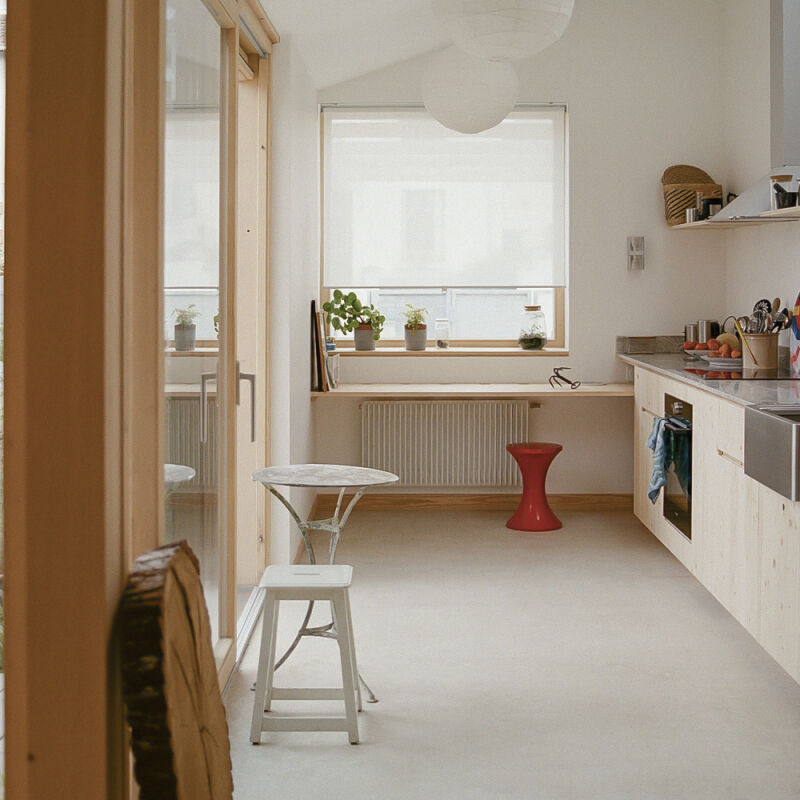With fennel, it’s not all about the bulb. Unlike short-lived, fat-bottomed (and high maintenance, I would add) Florence fennel, common fennel is a perennial that brings airy stature, pollinator-magnet flowers, and intensely-flavored fresh seed to the garden and the table. It is a high-performance, edible ornamental. Planted in flower borders, its fine leaves add grace and height, and in small gardens it works especially hard, requiring minimal real-estate but offering plenty of vertical drama as well as flowers for months. Cutting fennel seed heads back prevents the plant’s spread in areas where it is invasive (hi, California!). And fresh fennel seeds? They’re an aromatic treat.
Here’s how to put them to use.
Photography by Marie Viljoen.

But first, for those who like to know: Foeniculum vulgare is our common fennel, versus the bulb-producing (yes, we know it’s not a real bulb) variety, F. var. azoricum. It can be grown easily from seed, or, for the impatient, bought from nurseries as a young plant in spring. Plant fennel in full sun. Left to overwinter, it will come back—bigger and bolder—for years. I like bronze fennel, for its dark-leafed, early-season appeal.


For me, every late summer means a kitchen obsession that revolves around an evolving riff on a powerfully good garlic and fennel seed paste. It is fueled by a bronze fennel plant that keeps producing fresh seed heads even while it is surrounded by a halo of flying insects that are besotted with the polleniferous flowers.

Preserved lemon’s mellow oils and the sting of farmer’s market garlic become something magical with the licorice freshness of green fennel seeds.
Once the paste is crushed in a pestle and mortar (you could use a food processor), I toss it into warm, cooked lentils with chopped salt-cured anchovies for a rustic but intensely satisfying stand-alone meal. It transforms a flock of grilled, pasture-raised chicken wings, which we devour, putting hyenas to shame. It is also a building block for big, stuffed mushrooms, mixed with either Panko breadcrumbs or very finely chopped pecans or walnuts.

Because fresh fennel works so well with mushrooms I stuff it into milk-dough loaves and buns, which make ideal picnic fare. You can also add the aromatic mixture to slow-cooked pork for potted rillettes (which can be frozen in batches), and to bouillabaisse-y fish soups.

If you are bold, spread the paste with butter into a sliced baguette, before wrapping and baking for 30 minutes at 350’F. My Frenchman (the man I married) is a huge fan—maybe because the flavors and textures scream South-of-France, where he grew up.


I learned recently about travarica, a Croatian liqueur served as a digestif or tonic, made with a variety of local herbs but led by fennel and wormwood. It should be made with a clear grape or other fruit spirit, but I am happy with the vodka version that I infused with my own fennel seeds and foraged mugwort (Artemisia vulgaris). Sipped slowly it is warm with anise, slightly bitter, and surprisingly calming.

Fennel Seed and Garlic Paste
If possible, use green fennel seeds, before they have dried—their flavor is much brighter. Variations on the paste include the addition of other herbs (thyme, rosemary, and summer savory are good), and chili flakes. For a delicious spread, add a cupful of finely chopped pecans or walnuts, and whizz in a food processor until smooth.
- 3 tablespoons green fennel seeds
- 1/2 cup garlic cloves, peeled and sliced
- 2 – 3 segments (skin only) of preserved lemon
Combine the fennel and garlic in a mortar and crush together until you have a chunky paste. Cut the preserved lemon skin finely and add the pieces to the paste. Work together again in the mortar until the ingredients are well blended. The flavor should be salty enough with the lemon, but add more to taste, if necessary. Use at once or pack into a clean jar and keep in the refrigerator.
See also:
- Summer Savory: The Herb Popular Everywhere but Here
- Sand Ginger: An Unusual Herb to Grow and Eat at Home
- Native Bee Balm: Pollinator-Friendly and Delicious, Too








Have a Question or Comment About This Post?
Join the conversation